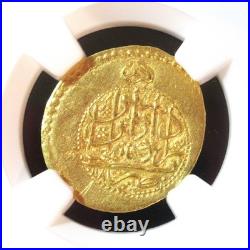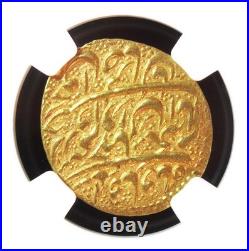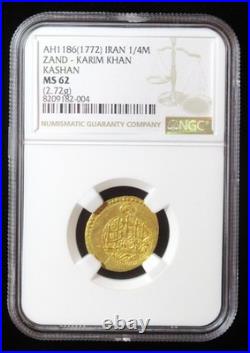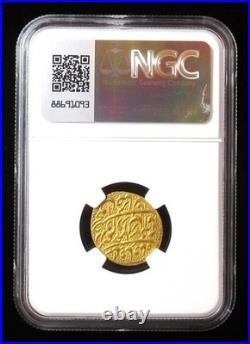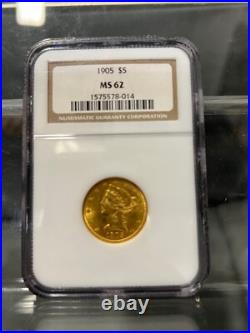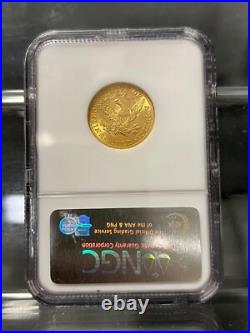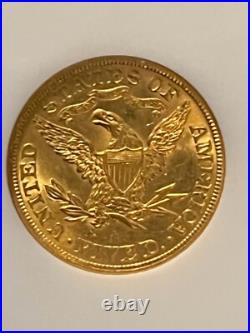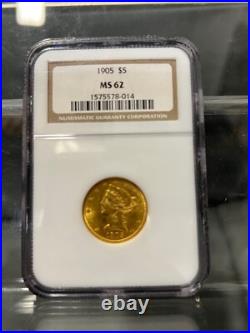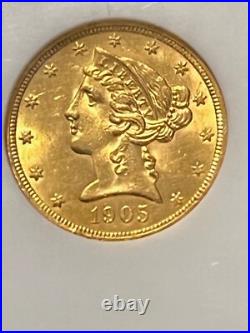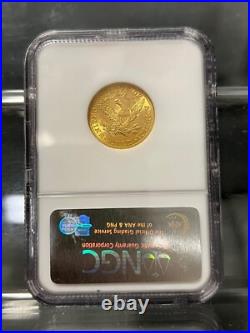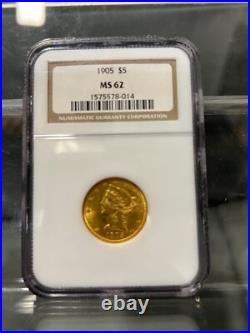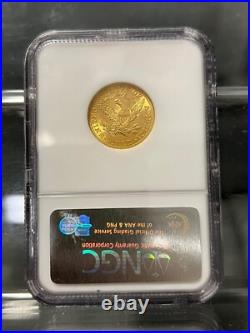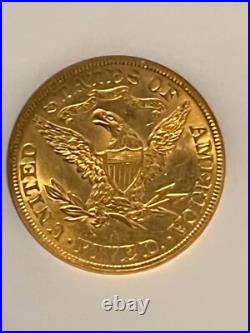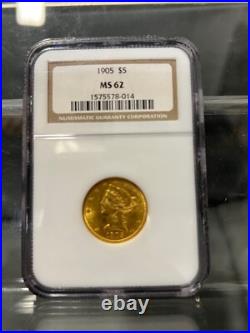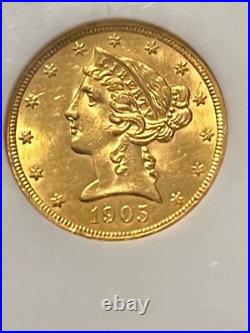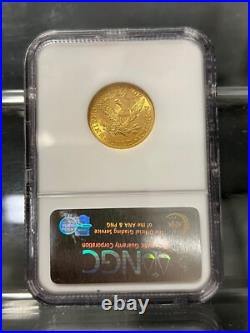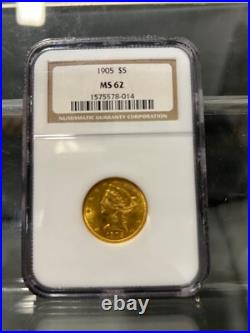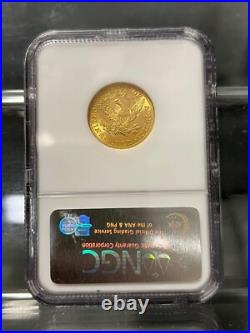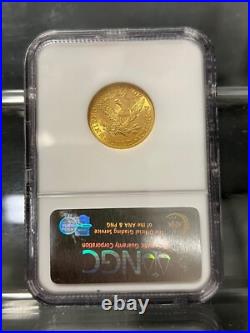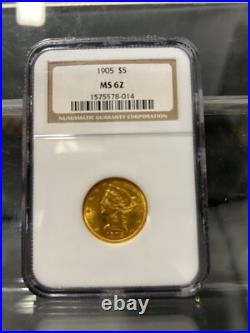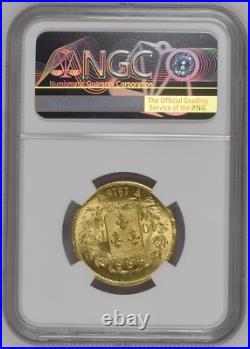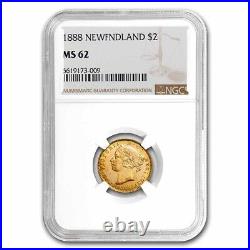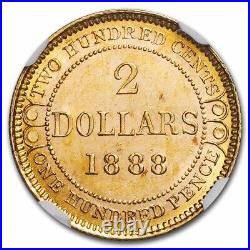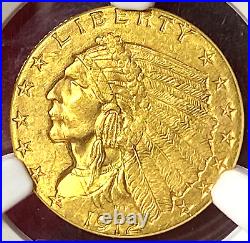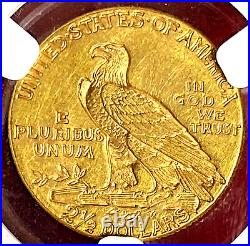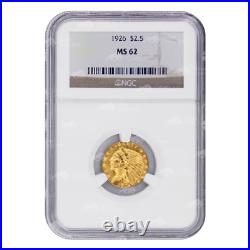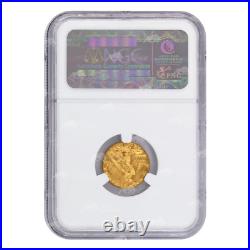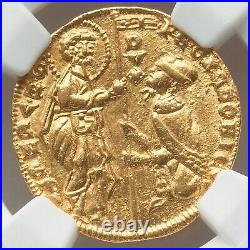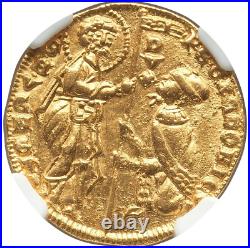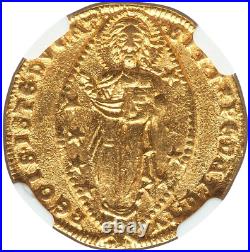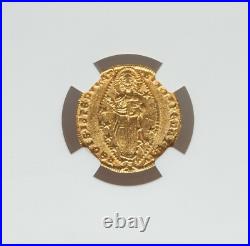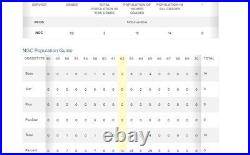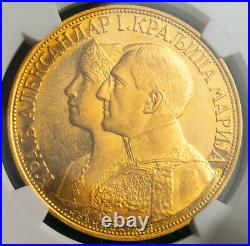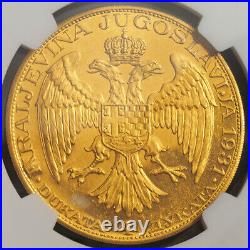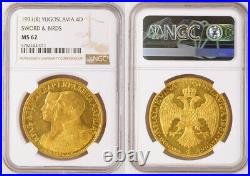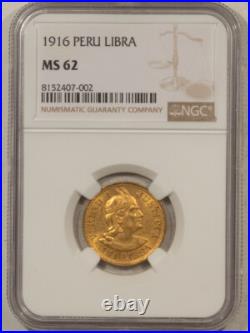
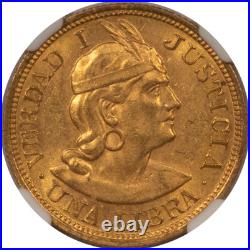
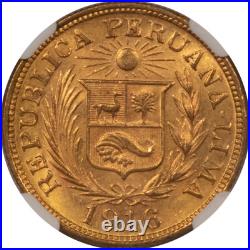

1916 PERU GOLD LIBRA, KM-207. 2355 AGW – NGC MS-62. This is a 1916 PERU GOLD LIBRA, KM-207 – NGC MS-62. Our commitment is to provide you with quality coins and collectibles at the best possible prices. This piece is no exception. Please note, the coin and collectibles markets do fluctuate, and prices occasionally will change. In this rare circumstance, we will contact you first to verify your order. You will get the same high-quality certified coins and level of service associated with The Reeded Edge. You should also find Reserve Equity Fund coins priced competitively, with the selection both varied and interesting. It’s that simple! All items are packed securely to insure that you will receive them in the same condition as when they left our offices. PLEASE NOTE: This item is also for sale through our brick and mortar location, our webstore, our published price list (which goes out to over 10,000 subscribers), Coin World, Numismatic News and Collector’s Corner. If this item piques your interest, you may want to consider purchasing it, as many of our items do sell through these other venues. We hope that you understand our position, and thank you for your consideration. We greatly appreciate it! Please read our terms of sale below. Your friends at The Reeded Edge, Inc. The Reeded Edge Reserve Equity Fund Inc unconditionally guarantees all items to be genuine. All coins not graded by third party grading services will adhere to ANA grading standards. All other collectibles will be graded by prevailing standards in their respective hobbies. The Reeded Edge Reserve Equity Fund Inc offers a 14 day return privilege for any reason (aside from exceptions listed below). Return privilege starts from the day that you receive the item. Layaways, bullion and bullion-related items are not returnable. Please understand, typos can occur, and we are not responsible for them. Please remember, the images are part of the description. Customer may return item for 14 days from date of receipt. IMPORTANT: Item must remain in it’s original packaging to be eligible for a return.


